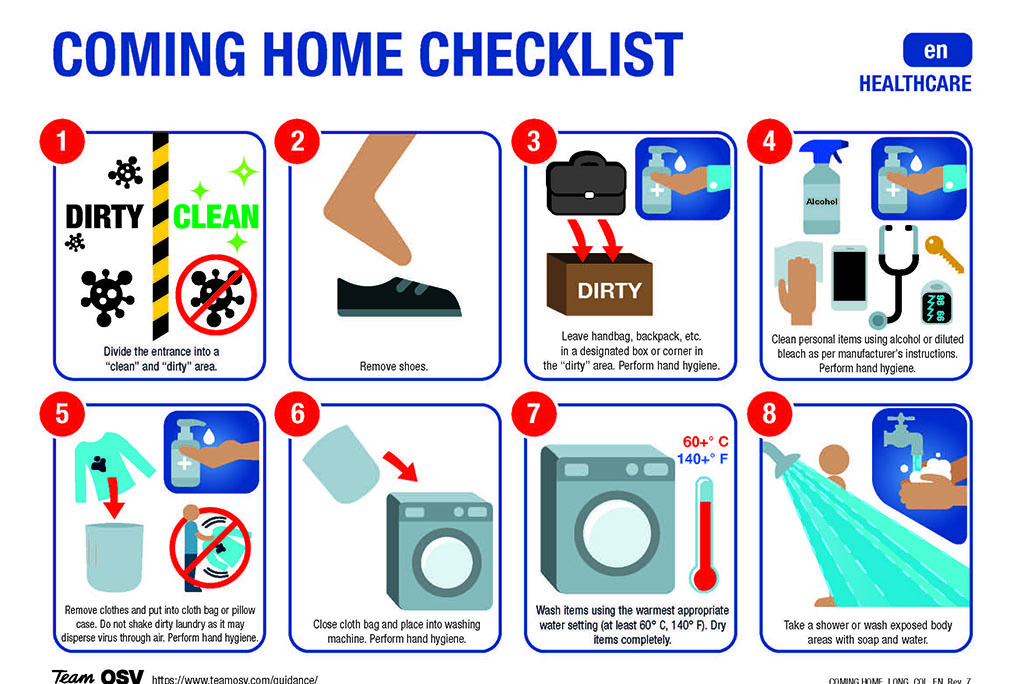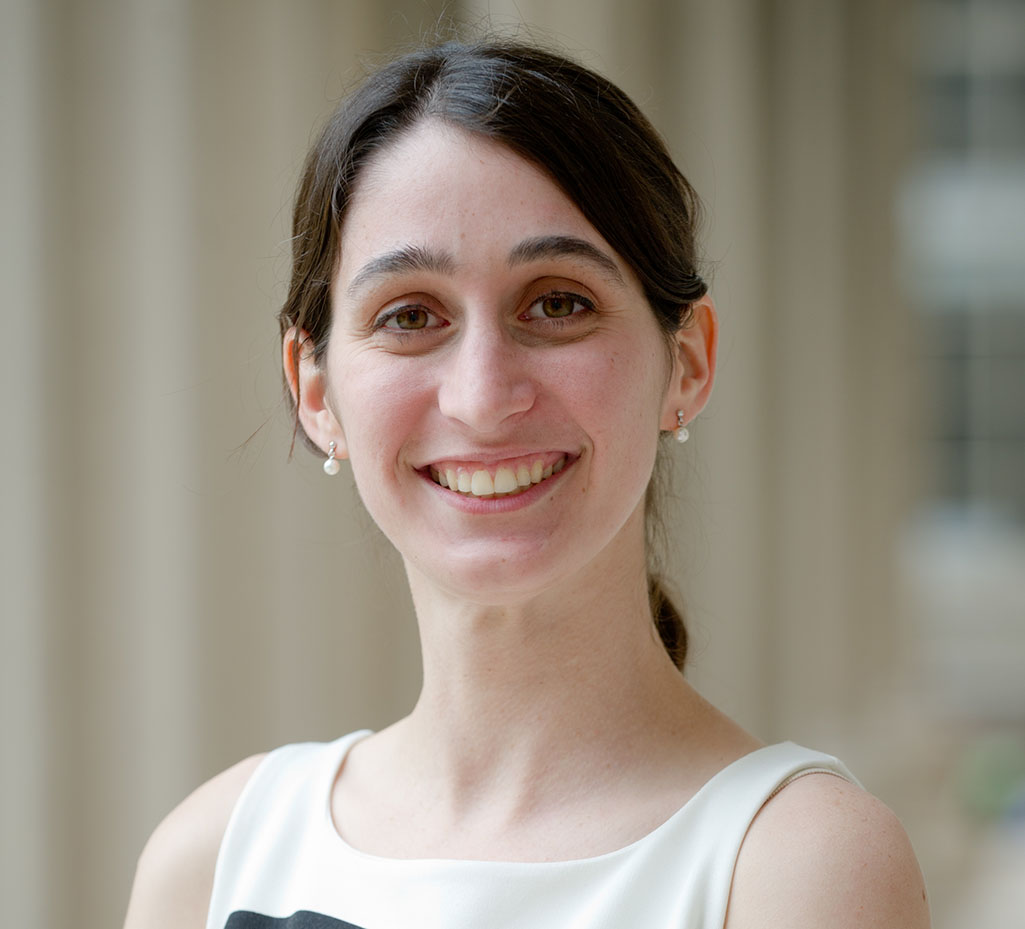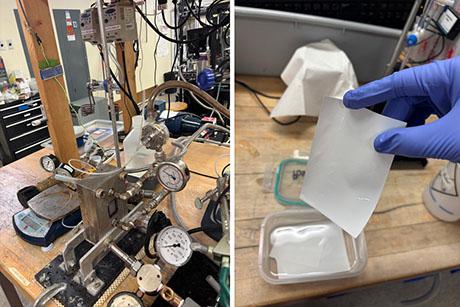Illustrating Covid-19 hygiene education
Cartoons and illustrations have long been used to convey important health and safety messages. From emergency manuals on airplanes to posters in hotel rooms depicting what to do in case of a fire, they can communicate life-saving information in clear and simple terms that are universally understood.
An international multidisciplinary team of volunteers known as TeamOSV-X has been utilizing this medium to demonstrate health, hygiene, and safety best practices related to Covid-19. They have released open-source educational posters and resources that provide guidelines ranging from how healthcare professionals can disinfect themselves when returning home after a shift to common mistakes people use when wearing face masks.
“With cartoons you can simplify the real world into a couple of lines and colors,” explains alum Jasmine Florentine ’11, SM ’15, who has a lifelong love of drawing and serves as TeamOSV-X’s primary illustrator.
Based in Dublin, Florentine works as a Mechatronics Engineer for Eiratech Robotics by day. As Covid-19 spread around the globe, she found herself wondering what she as an engineer could do to help. An internet search led her to TeamOSV – which stands for Team Open Source Ventilator.
She quickly found out that there were enough engineers working on various initiatives for open-source ventilators. While on one of the TeamOSV Slack channels, Florentine connected with Dr. Paula Lengerke Diaz of Mayo Clinic about her interest in educational outreach related to Covid-19. Their efforts spun out into a project known as TeamOSV-X.
“The team wasn’t interested in building a new technology, but rather in creating better guidance materials for healthcare workers as well as for the broader community,” says Florentine.
Florentine drew upon her background both in illustration and user design to help Team OSV-X prepare clear, easy-to-understand posters and resources. As an undergrad in class 2.009, Product Engineering Processes, she learned the importance of good user research and user design.
“One of the central challenges when doing user research is figuring out how to clearly communicate technical concepts to people of all backgrounds,” she adds.
Florentine had to grapple with this challenge as a graduate student studying mechanical engineering at MIT. For her master’s thesis, she worked on household heating devices that would be powered by a new solar thermal technology for use in India. While the technology worked in a lab setting, it wasn’t yet functional in the field, which posed a challenge when trying to get user feedback. To complicate matters, Florentine didn’t speak the language of the end-users in rural India. As a result, she had to get creative with her user research.
Armed with look-a-like dummy prototypes and storyboards that demonstrated how people would use the products, Florentine gathered user feedback in Ladakh, India.
“Those prototypes and storyboards were really effective in getting feedback and a great example of how Jasmine combines strong visual sense and imagination with engineering skill,” says Maria Yang, professor of mechanical engineering and Florentine’s graduate advisor. “Illustrations and storyboards or cartoons are a particularly powerful way to show the value of a product because they can convey so much about the product beyond only its use.”
This ability to combine engineering and artwork is something that Florentine utilized in her role at FIRST Robotics after graduating from MIT. While at FIRST, she created artwork that represented the themes of the various games and competitions.
“At MIT I learned how to combine technology and art to make something functional that also looks good,” adds Florentine. “That has definitely come into play both in my time at FIRST and with the illustrations for Team OSV-X.”
To prepare the illustrations for Team OSV-X, Florentine received text from Dr. Diaz explaining what concepts she wanted to visualize in the posters. Based on this text, Florentine would draw illustrations that were then laid out by a graphic designer.
In their first series of posters, the team focused on important information for healthcare workers on the front lines of the pandemic.
“Frontline workers are thinking about so many things. To have these little reminders about what the basic steps are was really important,” says Diaz. “A mistake on the proper use of PPE can be deadly under these circumstances because it exposes you, your family, and your patients.”
In their illustrations for healthcare workers, the team created checklists for putting on and removing PPE, as well as the steps to take when returning home from working a shift. Their illustrations to the broader community focus on the correct use of face masks.
The team released the posters in English, Spanish, Portuguese, and French to ensure they are useful to an international audience. Florentine hopes to continue using her background in engineering, product design, and illustration to help communicate important safety and public health issues surrounding the Covid-19 pandemic.
“We would like to keep adding new guidelines and posters so we can really make an impact globally to help frontline workers who have been burdened during the pandemic,” Florentine adds.



